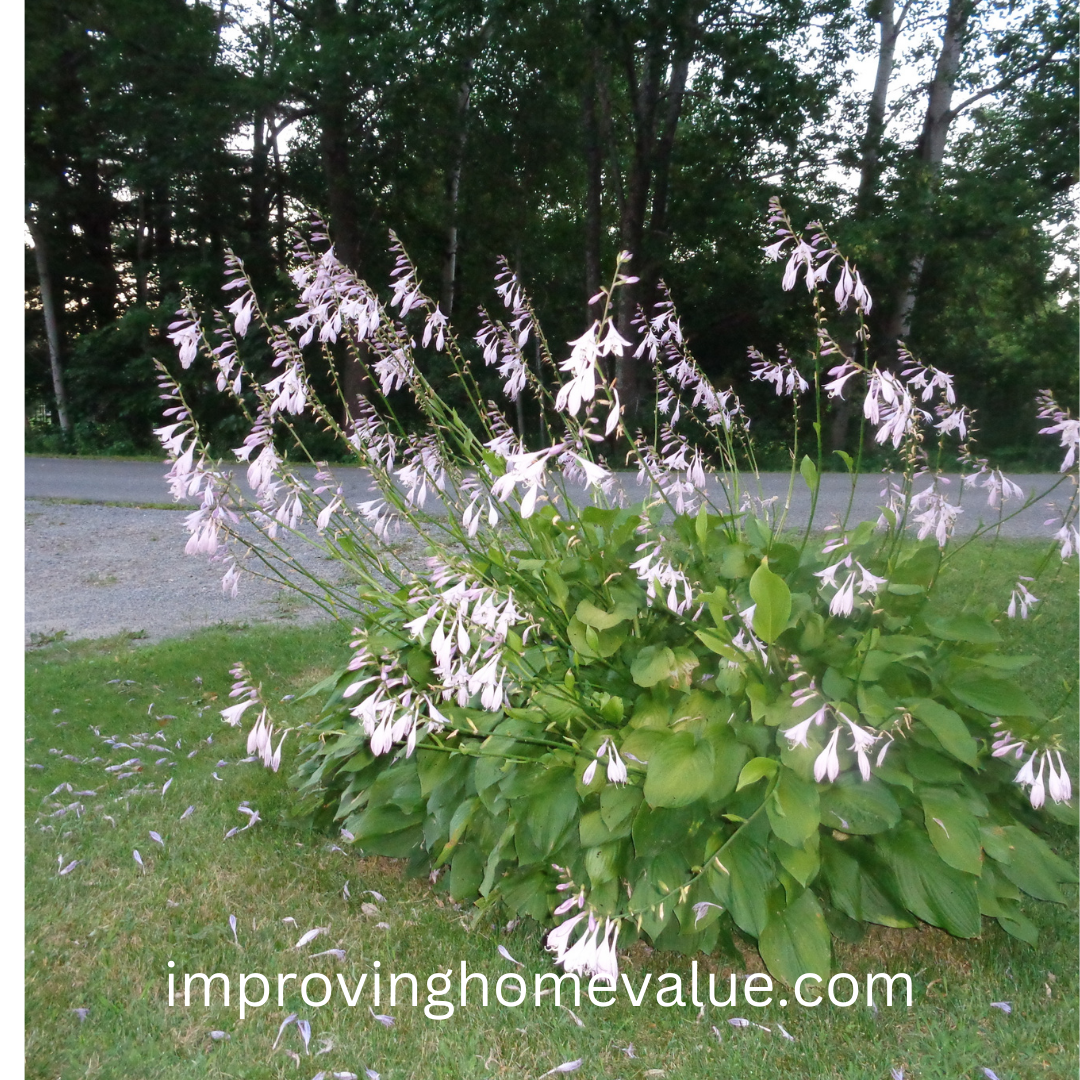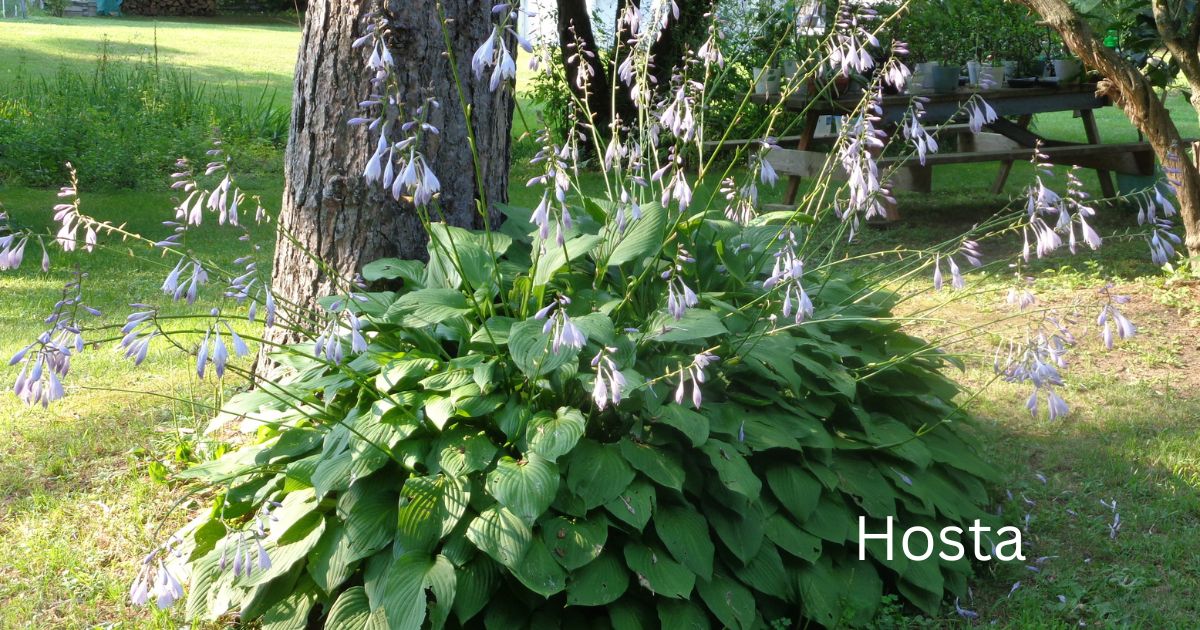Did you know that Hostas come in a dazzling array of varieties and colors? There’s more to these leafy beauties than meets the eye. Hostas range from vibrant greens to striking blues, and even have different patterns that make each one unique. Picking the right variety can level up your garden game.
Light requirements are a big deal for Hostas. Generally, they prefer shade to partial shade. Too much sun can scorch their leaves, turning them crispy. So, aim for a spot where they can enjoy some morning sun and afternoon shade. Think of it as their daily sunscreen!
Getting the soil right is crucial. Hostas love well-drained, loamy soil that’s rich in organic matter. If your garden soil’s a bit on the sandy or clay side, don’t worry, mix in some compost to create a cozy bed for your Hostas. They’ll thank you for it with lush growth.
Where you plant Hostas can make or break their growth. They thrive best when planted in a shady corner, like under trees or along the north side of a house. This way, they get the shade they crave without competing for sunlight. Plus, planting them nearby walkways lets you admire their beauty up close.
Care and Maintenance: Watering and Growth Timeline
Watering Hostas correctly is key to keeping them healthy. These plants love moisture, but there’s a fine line between hydrated and waterlogged. Aim to water deeply, about an inch per week. Make sure the soil drains well to prevent root rot.
Wondering how long it’ll take for your Hostas to reach maturity? Typically, it takes about three to five years for them to become full-grown giants. Patience is key here. While they might not hit their peak overnight, you’ll see steady growth each season.
Even the hardiest plants can run into trouble. Common issues like slug damage or leaf scorch can put a dent in your Hosta’s good looks. Keep an eye out for these problems and tackle them early. Using slug bait and ensuring they’re not getting too much direct sun can make a world of difference.
Remember, Hostas have different needs as the seasons change. Fall is a great time to mulch around your plants to protect the roots during winter. Come spring, a little spring cleaning by removing old leaves helps them bounce back and flourish.

Attracting Wildlife: Hostas as a Haven
Ever thought about how Hostas can make your garden a go-to spot for bees and hummingbirds? Well, they do! While their foliage is the main show, the flowers are what attract these buzzing and hovering beauties. Hostas produce delicate, often fragrant blooms that bees love and hummingbirds can’t resist.
If you’re looking to create a wildlife-friendly garden, combining Hostas with other nectar-rich plants can really boost the action. Think plants like bee balm, salvia, and coneflowers. You’ll have a garden buzzing with life and color!
To make your garden even more inviting for wildlife, consider adding a water feature. Birds and insects are drawn to water for drinking and bathing, so a small pond or birdbath can complement your Hostas perfectly.
Hostas aren’t just a treat for the eyes; they bring life to your garden in more ways than one. Their hearty leaves provide shelter for small critters and their flowers offer a sweet feast for pollinators. Whether you’re a seasoned gardener or just starting out, incorporating Hostas can turn your outdoor space into a vibrant habitat.
